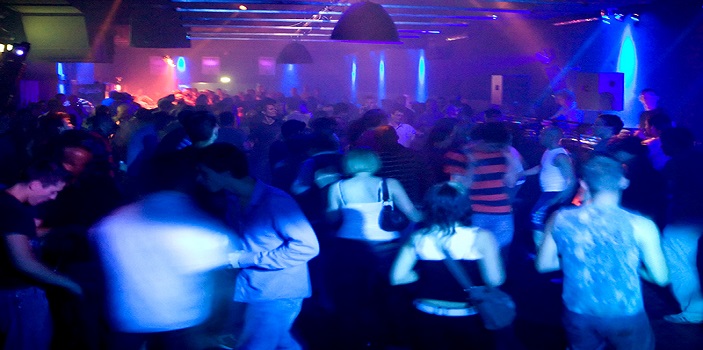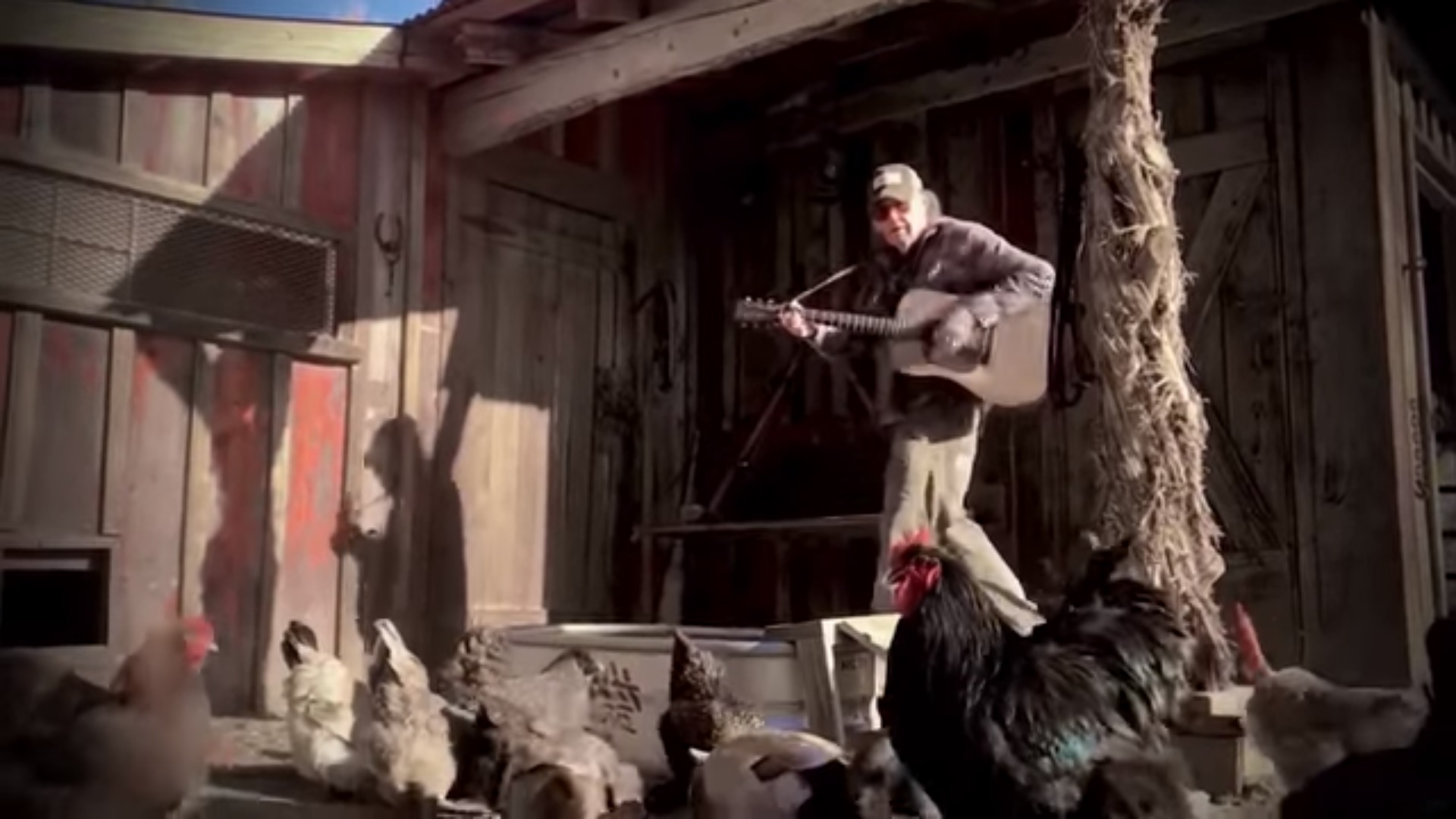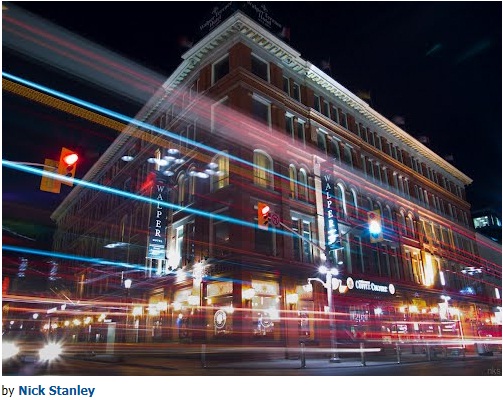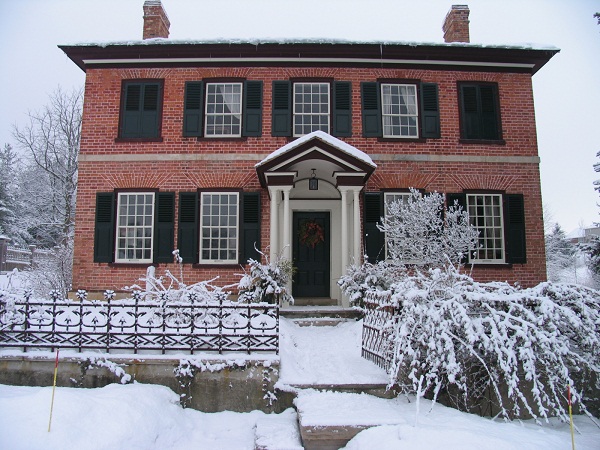“Underground” is a word, which is an essential part in the title of the “Keep it simple, make it fast” conference. Not only in punk, also in techno this is a term very frequently used, referred to and rejected at the same time.
Many claim, this terms doesn’t make much sense anymore nowadays.
Is this really true, or is there just a lack of a fitting theory to explain, why this term seems still to be central for discourses in and about music scenes? So called ‘scenesters’ say they prefer things “more underground”.

One of my interviewees, a label owner, put it succinctly, “Berlin isn’t Lady Gaga or Paul van Dyk; this is the capital city of the underground.” What does this term mean here, and how is it sociologically rooted in the cultural field of electronic dance music (Bourdieu, 1996)?
Current post-subcultural theories, such as from Andy Bennett, David Muggleton or Ronald Hitzler (2010; 2008; 2003), offer little means to understand these claims and differences; and how to explain why they don’t disappear, but re-shape and accommodate with newer developments.
Although I broadly agree with the insights of post-subcultural theories, a crucial feature of the music scene has been lost along the way: a systematical sociological exploration of the roles that distinctions play and how they are rooted in the music scene’s cultural economy (Kühn, 2011, 2013).
So far, the economy of scenes has been mostly understood as being part of the cultural industries (or creative industries by now), or not even economic at all (Gebesmair, 2008; Wicke, 1997).
Music industry research sees them as fully integrated actors of global and national music markets, classified into so-called independents and majors (Handke, 2009) and differentiated along lines of size, musical specialties and originality. Creative industries research tries to subsume them as major drivers for the attractiveness of cities and national economies by their engagement into supposedly very innovative products (Caves, 2002; Florida, 2003; Hartley, 2004).
What both perspectives have in common is that they do not approach economic structures from the music scene’s perspective, but rather from an economic-industrial point of view. And thereby they overlook and underestimate structural peculiarities.
In order to define the economic sphere of electronic dance music scenes sociologically, I argue for the term scene economy (Kühn, 2011).
Although previous insights have been extremely illuminating, these studies have lacked a systematic perspective that analyses the aesthetic, distinctive and commercial attitudes of hobbyist and professional scene participants within the conditions of their specific cultural norms and scene-based reproduction.
My assumption is that the scene economy of ‘underground’ electronic dance music scenes represent their own differentiated economic fields with specific structures that have developed their own organizational logic. The consequences and the basis of this logic are particular conditions for action and relations of production within the scenes’ own infrastructure and value-creation chain that result from the specific cultures and market relations of electronic dance music.
To understand the specific structure, the following features need to be considered: Scene-based cultural production instead of industry-based cultural production, the emphatic role of the music culture, the internal subcultural hierarchy and the role of distinctions in maintaining and re-shaping the scene economy, music culture and attractiveness.
The following remarks and claims are firstly based on my research, using focused ethnography, on producers of electronic dance music, twelve expert interviews with individuals active in various areas of the scene economy. And secondly on my own long-standing participation in the scene as a DJ, booker and media producer as forms of sociological ethnography. I use ideal-type descriptions. That is, I work with exaggerated representations of differences that in reality occur in a substantially more mixed and indistinct way. And yet, their exaggeration is precisely what allows the core of their specificities to be represented most clearly.
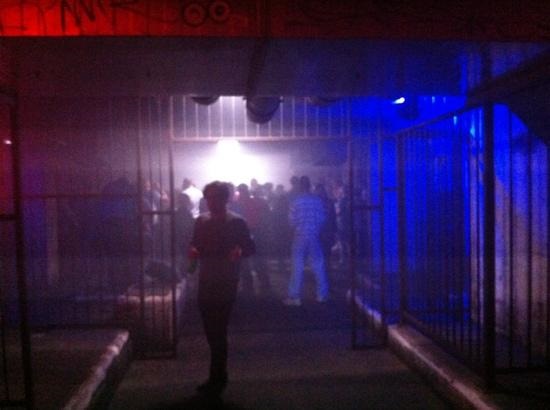
Towards neo-subcultural theory
In his theory on cultural fields, Pierre Bourdieu noticed a general trend towards two poles with opposing cultural logics. The ‘autonomous pole’ defines itself by its cultural orientation; in which the furthering of art itself takes highest priority over any political, moral, or economic interest. The other pole has a commercial orientation; treating art as just another form of commerce like any other, in which art is produced based on its marketability. Each pole has its way of making value and profiting from it, but they are also in tension with each other.
This tension also exists in electronic dance music: on the ‘autonomous’ side of things you find house and techno music, along with the club/open-air party culture of Berlin. On the other side, you find mass-produced and profit-driven so-called EDM ‘dance pop’, which readily absorbs anything that promises to increase sales and reach. Both poles have very different definitions of success, as well as sharply divergent aesthetics and modes of production.
Aesthetic subcultures
(and not class-based anymore) with their own identity and infrastructures struggling to maintain aesthetic and seductive cores against unwanted external influences and political, moral or economic instrumentalization. To understand the dynamics of post-modern popular cultures, it is necessary to overcome the opposition of subcultural and post-subcultural readings of music scenes. The reality is, in the case of electronic dance music such as house and techno, neither strictly the one or the other. As small scale underground music culture and their big scale counterparts suggests, also in other fields of music, both are closely intertwined and distinct from each other at the same time.

Pierre Bourdieu’s field theory helps to extend the concept of the music scene and re-shape the concept of subculture to understand the cultural dynamics between “underground” and “mainstream” as different forms of meaningful culture-economic infrastructure and social identity.
By combining Bourdieu’s theory of the cultural field (2001) with updating scene and subcultural theory, the presented approach is linking both subcultural identities and cultural-economic structures and is heading towards overcoming the current dichotomy of subcultural and post-subcultural theory.

Scene-based cultural production
Involvement in house and techno music typically starts with a random visit to a techno club, or by first listening to the music through recorded DJ sets. Some become very passionate about music and clubbing and start to visit clubs very frequently. In the beginning, participation remains passive, but quickly may evolve I : People start to look for certain sub-genres, follow certain DJs, gain certain scene-specific sets of knowledge about clubs, do’s and don’ts, artists, and so on. Then, to participate more deeply and earn money, some start to DJ, throw parties, launch music labels, found scene specific agencies or just start to work in clubs or for labels and agencies.
They start to combine their passion for a certain aesthetic with commercial and distinctive attitudes: For some, it will always just remain a hobby, but others quickly become professional and turn their scene participation into a business. However, for the passionate, this business orientation remains strongly limited by the cultural institutions of the music scene. They don’t start making other music just because it is more profitable. They relinquish economic opportunities, because the feelings of enjoyment and freedom experienced through the music are more important to them. They see economic activity as being able to get by instead of pure profit-maximization.
This means that they associate the generation of sufficient income and social protection with their main desire for economic self-determination, artistic freedom and passion in life. For them, money exists to make their lives possible, in which they will be able to ideally pursue their personal goals in artistic freedom—but not in order to secure as much wealth as possible, following a logic of accumulation. The small-business structure of many lone entrepreneurs promotes this logic, since it imposes fewer practical constraints on the individual than a large organization with numerous employees. This connection through a commonly shared passion also results in individuals working together in clubs or labels, often referring to their friends and colleagues as a “family”.
To summarize: Their private desires and business activities become closely coupled and integrated, resulting in a deeply culturalized economic orientation. One recruits “bottom-up” out of the fascination for a certain music and prioritizes cultural orientations over economic possibilities. This makes small-scale actors who mainly do it for the fun and a feasible outcome. An atomistic structure of many sole entrepreneurs dominates the markets. Instead of pure sale orientation, subjective aesthetics and political interests dominate the cultural products and business co-operations among the scene economy participants.
The emphatic role of the music culture
As participants of a certain music culture, their activity is oriented on the cultural institutions of Detroit Techno and Chicago House and thereby framed by its opportunities and restrictions. These cultural institutions enable and demand certain cultural practices to be fulfilled and followed in order to reproduce and accommodate the seductive core of the music scene. The norms are typical music tracks to be seamlessly mixed by DJs in front of a dancing crowd on a loud sound system. What are these institutions? Although very roughly and surely not exhaustively, house can be understood as established musical practices condensed as tracks with repetitive and loop based beats, with a focus on groove, making crowds dance in clubs, mixing in DJ sets and played on events at high volume.
Genre-typical patterns for house and techno music are the four to the floor beats, between 100 and 150 beats per minute speed, elements like basslines, kickdrums, snare drums, hi-hats and track themes. Techno sounds rather dark and heavy, house sound rather soft, funky and easy-going. Tracks are typically composed with intros, breakdowns, a main section, climaxes and outros. Tracks are supposed to make people dance at events and to be mixed in continuous sets by DJs (Kühn, 2009; Mathei, 2012; Volkwein, 2003).
The central role of distinctions in the music scenes economy
As a result of their scene-based involvement and fandom of house and techno, many scene participants towards the autonomous pole exert distinctions in order to conserve and develop their preferred set of aesthetics and scene-based cultural production (Strachan, 2007; Mäe & Allaste, 2011; Moore, 2007). In the post-modern world, aesthetics can flow everywhere and thereby can be used and adopted anywhere. Even in contexts, that many scene participants find not very much desirable.
The current boom of electronic dance music in the US, with associated artists like David Guetta, Swedish House Mafia, Skrillex and so on, is a good example of this. With the increasing success of so-called “mainstream” EDM, many scene participants insists of debunking that culture as “fake” and “inappropriate” – and try to keep these aesthetics, actors and corresponding organizations out of their scene contexts. Sociologically speaking, they draw boundaries around their aesthetics and modes of production.
It is a form of resistance not primarily rooted in class, but in the preservation and defense of aesthetically-based life-worlds. Typically, these distinctions are about a perceived corruption of cultural logics by the economic logics of apparently too commercialized music and events, or about external actors like companies, political shareholders or councils who are not intrinsically interested in the music culture, rather using them for their own allegedly purely commercial or political aims. Aims that eventually might endanger the productivity and survival of the music scenes by for example causing gentrification or mainstream identity.
These distinctions have become a background knowledge of the subcultural field and are also expected by the participants in order to enable economic cooperation. From these distinctions the possibility and necessity of an internal subcultural hierarchy within the field of electronic dance music evolves.
*See (Kühn, 2013) for an example, how event producers use distinctions to avoid unwanted music, DJs, insfluences and crowds on their partys.
Various forms of distinctions as a form of “aesthetic resistance” become the primary means to keep out unwanted aesthetics and modes of production in order to preserve the aesthetic core of the music scene. For the Silo, Jan Michael Kühn.
Funding:
This work was supported with a 3 years scholarship from the Hans Böckler Stiftung within the doctoral study group (Promotionskolleg) “Die Produktivität von Kultur – Die Kultur- und Kreativwirtschaft unter den Bedingungen globalisierter Mediennetzwerke”.
References
Bennett, A., & Peterson, R. A. (2010).
Music Scenes: Local, Translocal, and Virtual
. Vanderbilt Univ Pr. Bourdieu, P. (1996).
Rules of Art: Genesis and Structure of the Literary Field
(Auflage: New.). Cambridge: Wiley-Blackwell. Caves, R. E. (2002).
Creative Industries: Contracts Between Art and Commerce
(New Ed.). Harvard University Press. Florida, R. (2003).
The Rise of the Creative Class: And How It’s Transforming Work, Leisure, Community and Everyday Life
(Pbk.). Basic Books. Gebesmair, A. (2008).
Die Fabrikation globaler Vielfalt: Struktur und Logik der transnationalen Popmusikindustrie
(1., Aufl.). Transcript. Hall, S., & Jefferson, T. (2006).
Resistance Through Rituals: Youth Subcultures in Post-War Britian
(0002 ed.). Routledge Chapman & Hall. Handke, C. (2009). Indies im Aufwind?
: die Krise am Tonträgermarkt und ihr Verteilungseffekt. In Musikwirtschaft und Medien
: Märkte – Unternehmen – Strategien. – Baden-Baden
: Nomos, ISBN 978-3-8329-4383-7. – 2009, p. 49-72
. Hartley, J. (2004).
Creative Industries (First Edition, Later Impression.). Wiley-Blackwell. Hesmondhalgh, D. (1998). The British Dance Music Industry: A Case Study of Independent Cultural Production.
The British Journal of Sociology ,49 (2), 234. doi:10.2307/591311 Hitzler, R., Honer, A., & Pfadenhauer, M. (2008).
Posttraditionale Gemeinschaften: Theoretische und ethnografische Erkundungen (1st ed.). Vs Verlag. Kühn, J.-M. (2009).
Wie entsteht Neues bei der Produktion elektronischer Tanzmusik im Homerecording- Studio? Eine explorative ethnografische Erhebung
(Diplomarbeit). Technische Unversität Berlin, Institut für Soziologie. Retrieved from http://www.berlin-mitte-institut.de/wie-entsteht-neues-bei-der-produktion-elektronischer-tanzmusik-im-homerecordingstudio/ Kühn, J.-M. (2011). Working in the Berlin Techno Scene: Theoretical Sketch of an Electronic Music “Scene Economy.” 2011 ,translation made by Luis-Manuel Garcia from: Kühn, Jan-Michael (2011): Arbeiten in der Berliner Techno-Szene: Skizze der Theorie einer Szenewirtschaft elektronischer Tanzmusik, in: Journal der Jugendkulturen 17.
Kühn, J.-M. (2013). Underground und Kulturproduktion: Die Rolle von Distinktionen beim Veranstalten Berliner Techno-Partys. In B. Lange, H.-J. Bürkner, & E. Schüßler, (Eds.),
Akustisches Kapital: Wertschöpfung in der Musikwirtschaft
. Bielefeld: transcript. Lange, B., & Bürkner, H.-J. (2010). Wertschöpfung in der Kreativwirtschaft: Der Fall der elektronischen Klubmusik.
Zeitschrift Für Wirtschaftsgeographie , 54 (1), 46-68. Mäe, R., & Allaste, A.-A. (2011). Making Distinctions on Autonomous Cultural Field: the Case of Small-scale Alternative Music Festival Organisers in Estonia. Retrieved from http://core.kmi.open.ac.uk/display/1028677
Keep it Simple, Make it Fast! An approach to underground music scenes 286 Mathei, D. (2012).
Oh my god – it’s techno music!: Definition und Abgenzung des Technostils unter Berücksichtigung historischer, stilistischer und soziologischer Aspekte (1st ed.). Universität Osnabrück. Erzieh.- u. Kulturwiss.
Moore, R. (2007). Friends Don’t Let Friends Listen to Corporate Rock Punk as a Field of Cultural Production.
Journal of Contemporary Ethnography ,36 (4), 438-474. doi:10.1177/0891241607303520 Muggleton, D., & Weinzierl, R. (2003).
The post-subcultures reader . Berg. Strachan, R. (2007). Micro-independent record labels in the UK Discourse, DIY cultural production and the music industry.
European Journal of Cultural Studies ,10 (2), 245-265 doi:10.1177/1367549407075916 Thornton, S. (1995).
Club Cultures: Music, Media and Subcultural Capital . Blackwell Publishers. Volkwein, B. (2003).
What’s Techno?. Geschichte, Diskurse und musikalische Ge stalt elektronischer Unterhaltungsmusik
(1., Aufl.). Universität Osnabrück. Wicke, P. (1997). Popmusik als Industrieprodukt. Webseite Humboldt Universität Berlin. Retrieved from http://www2.hu-berlin.de/fpm/textpool/texte/wicke_popmusik-als-industrieprodukt.htm
